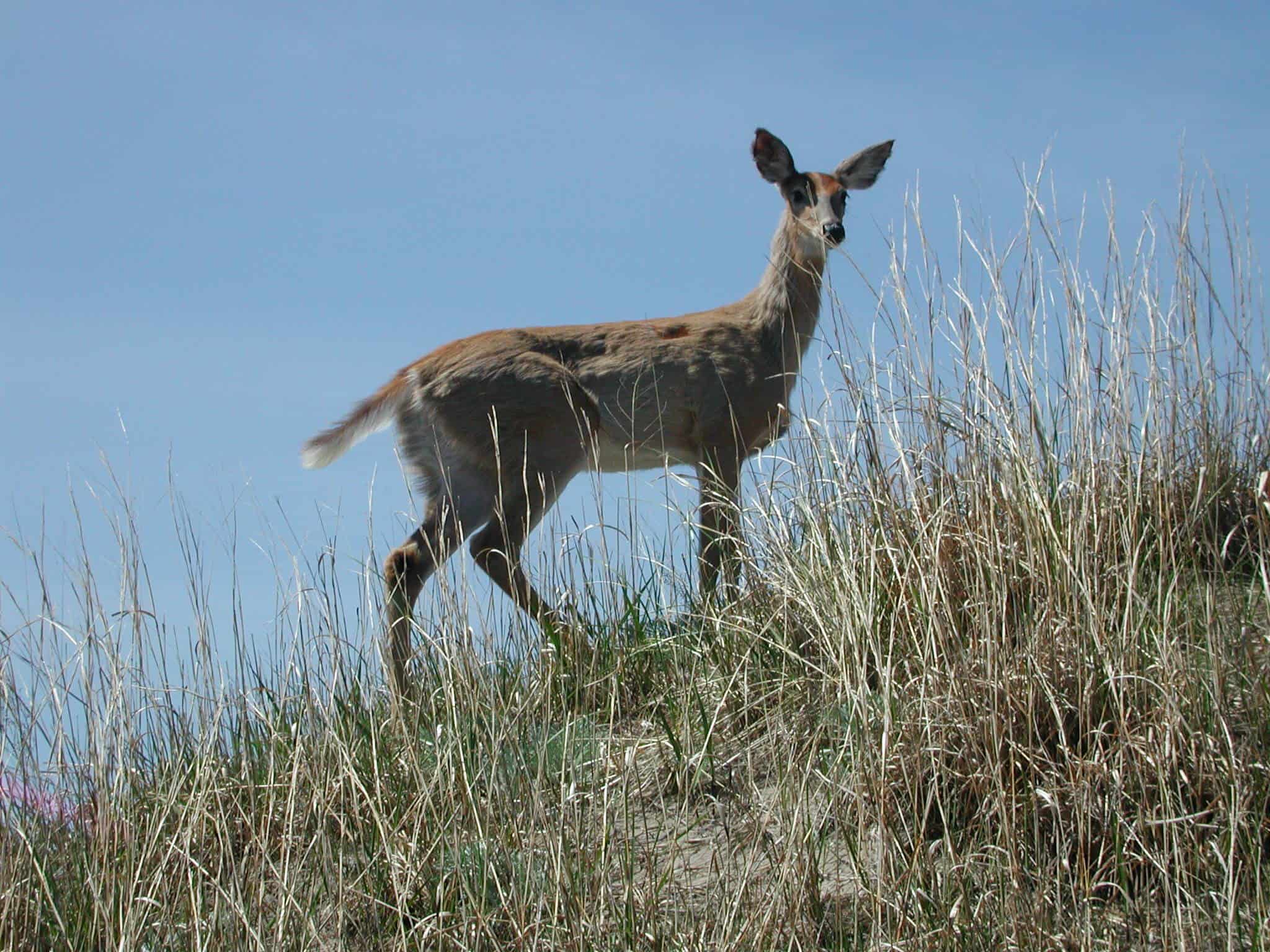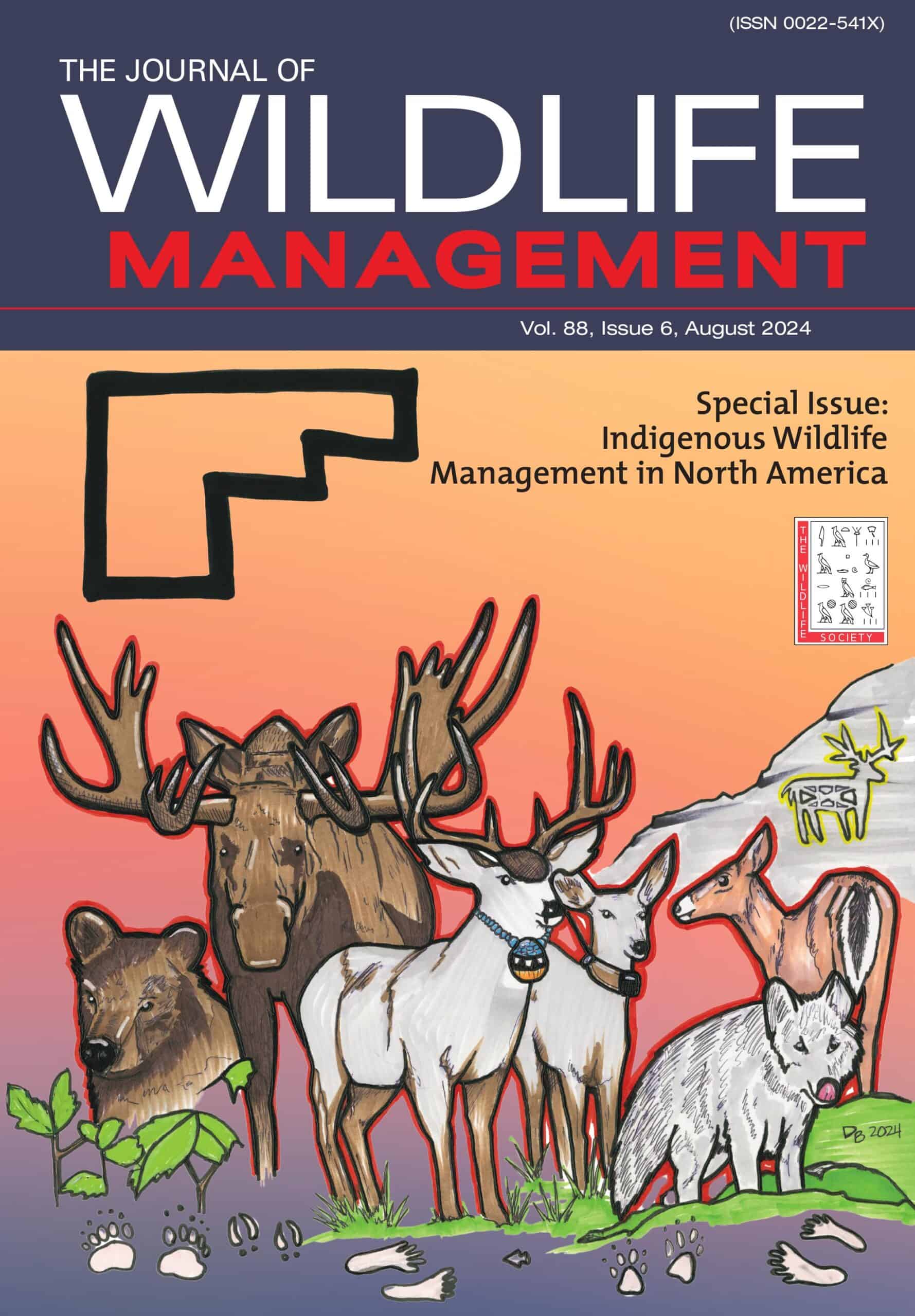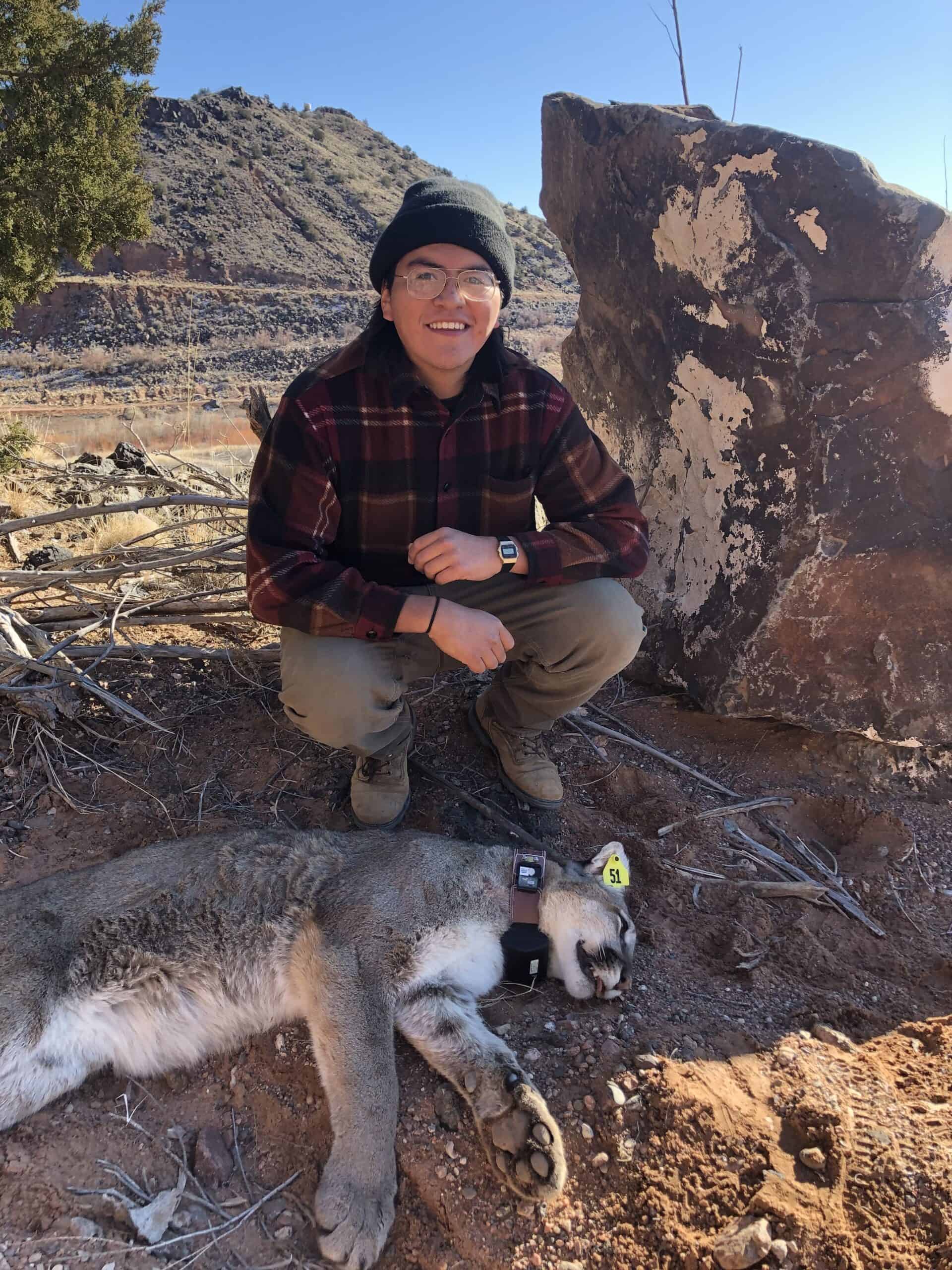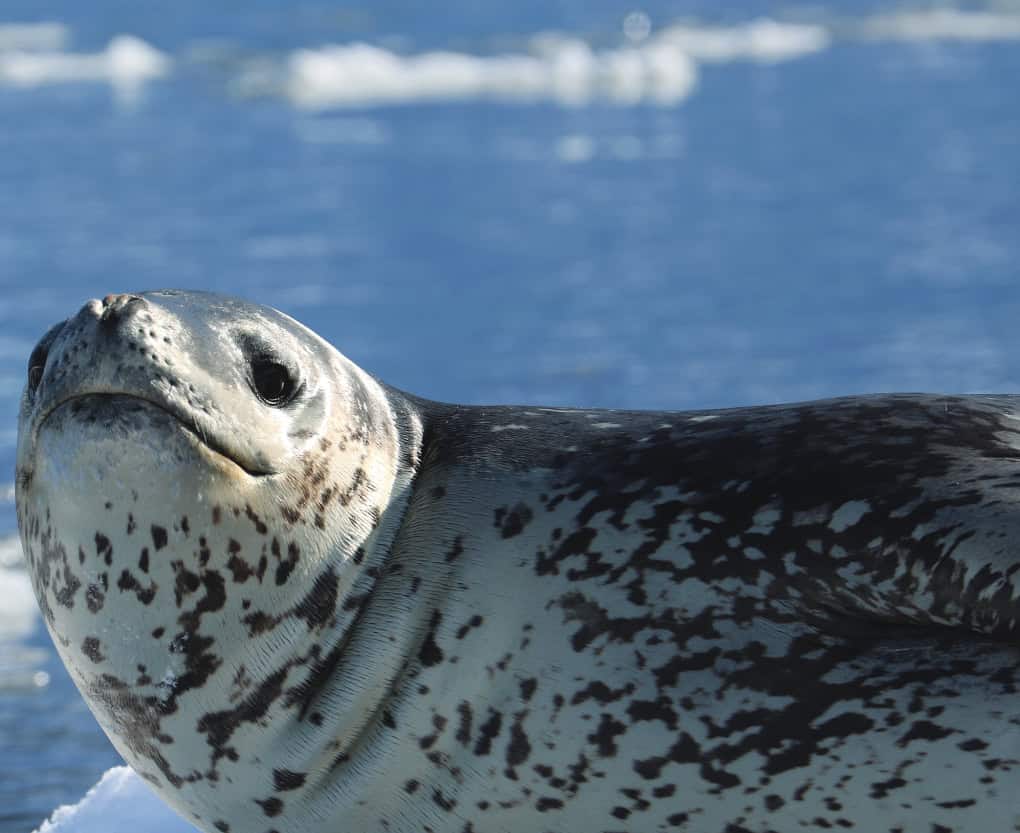Share this article
Wildlife Featured in this article
- White-tailed deer
WM: Over three decades, a lost landscape is restored and researchers’ lives are transformed
When deer were removed from a Lake Erie sand spit, the vegetation rebounded
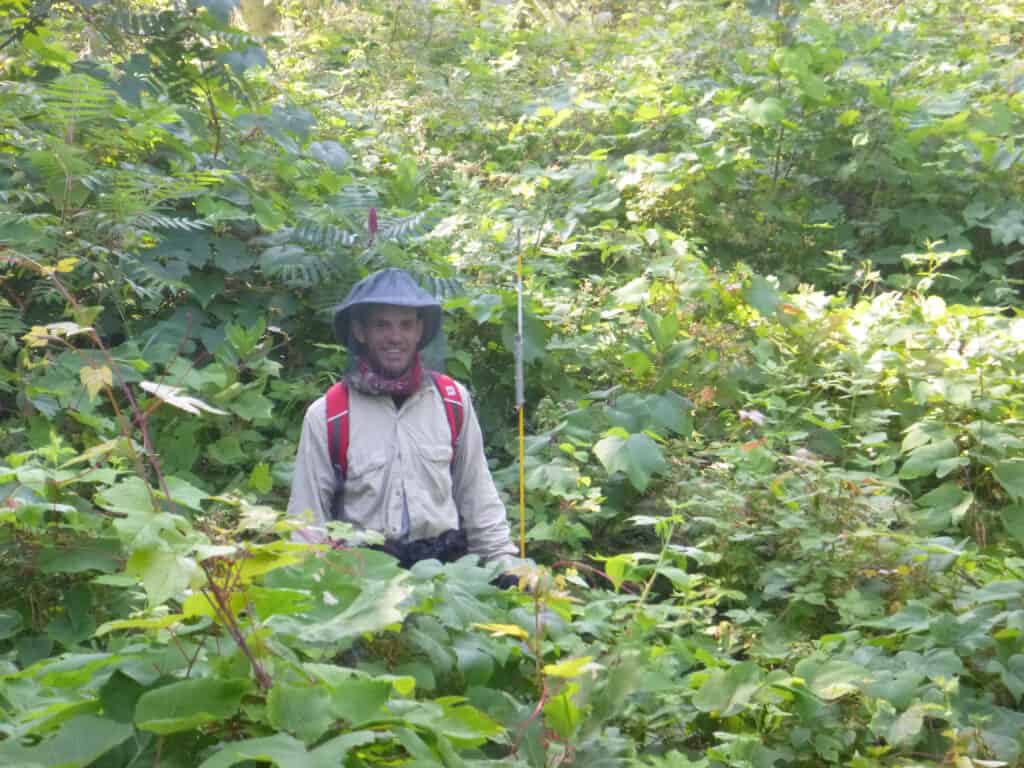
When Joshua Pickering looks out across Long Point, he can’t see very far. This narrow spit of land jutting into Lake Erie from mainland Ontario is crowded with a thorny jumble of native shrubs and trees that host a menagerie of both resident and migratory birds.
“You can’t see more than probably 20 feet in some areas,” said Pickering, a PhD candidate at the University of Waterloo.
That’s a far cry from the way this skinny peninsula looked in 1964 when researcher Michael Bradstreet first visited as a 14-year-old boy and fell in love with Long Point and its diverse bird life. It was like a city park then, Bradstreet recalled, “with big trees, no shrubs and a grass lawn. I thought that’s the way it was supposed to be. There were also a very large number of deer, which I also thought was the way it was supposed to be.”
That wasn’t the way it was supposed to be, though. Long Point’s white-tailed deer (Odocoileus virginianus) population was exploding. Overabundant deer were browsing any vegetation they could reach to nubs, chewing down anything less than six feet tall. Over time, the peninsula’s early successional forest gave way to a plane of grass and invasive plants. It was pretty, but it was also ecologically unhealthy.
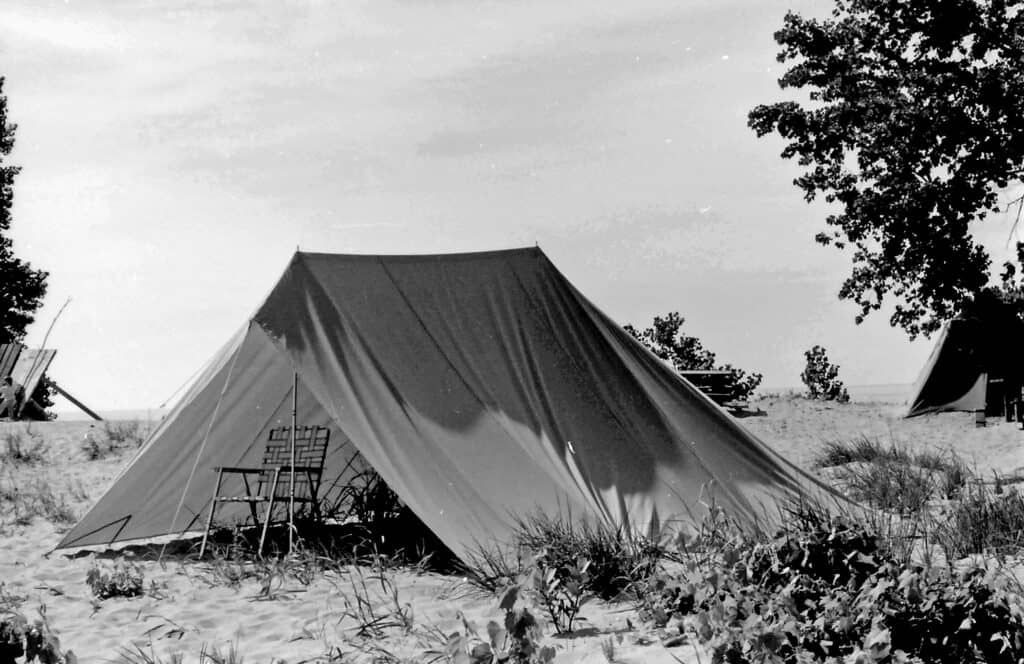
To try to restore the native ecosystem, the Canadian government embarked on a culling program to slash the herd’s size. As deer numbers dwindled, Long Point’s historical plant community resurged. By then, the boy who fell in love with Long Point had become a biologist, and Bradstreet and his colleague, Jane Bowles, set out on a mission. They would embark on a 30-year survey to document how the vegetation changed with fewer deer to gnaw it down. When Bowles passed away in 2013, Bradstreet vowed to complete the work.
In 2021, his three decades of fieldwork came to an end. He was joined in that final season by Pickering, who was working on his master’s degree at the University of Guelph at the time. The dataset was then passed on to Pickering, who synthesized the research in his master’s thesis and the latest Wildlife Monographs, completing the work Bradstreet began before Pickering was born.
“Michael was there since the start,” Pickering said.
The meeting point
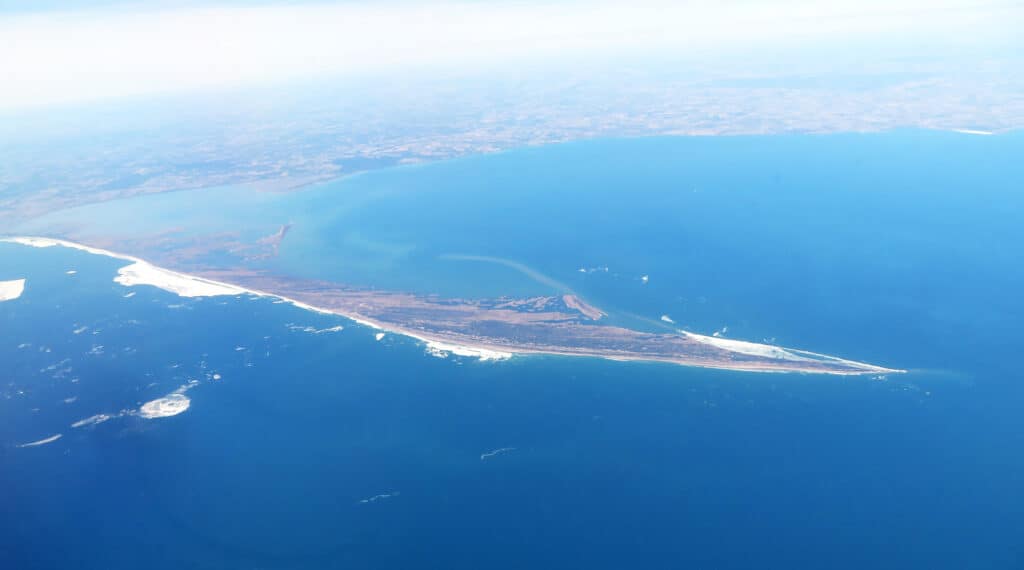
A 40-kilometer-long stretch of land on Lake Erie’s north shore, Long Point is the largest freshwater sand spit in the world. Only a few kilometers across at its widest, it was once an island before the passing waves and shifting sands that formed it connected it to the mainland.
The narrow peninsula is home to a village of year-round residents and summer visitors, an iconic lighthouse and the nonprofit conservation organization Birds Canada, where Bradstreet got his start as a biologist when it was known as the Long Point Bird Observatory. The peninsula continues with the Long Point National Wildlife Area, a 3,284-hectare protected landscape of beaches, dunes, marshes and forests. The area hosts more than 80 species of birds that nest there and more than 300 different migratory species that stop at this first glimpse of land as they travel across Lake Erie.
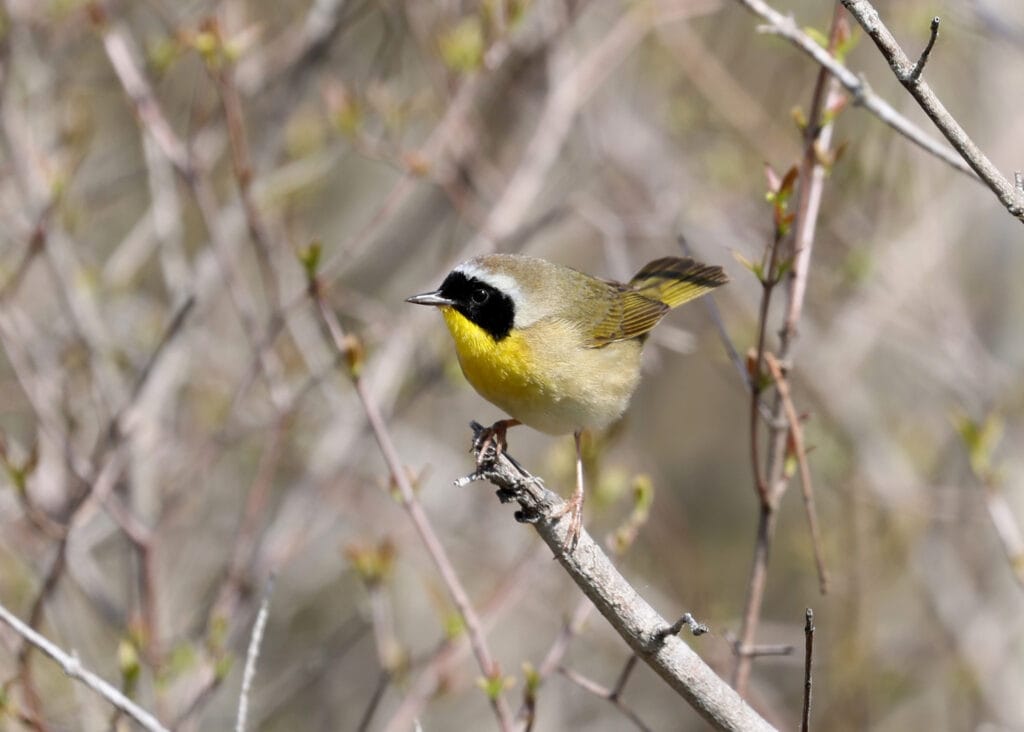
“It’s the meeting point of two different biomes,” Pickering said, a place where trees more common south of the border, like tulip poplars, join northern species like white birch.
White-tailed deer historically roamed this landscape, as did elk (Cervus canadensis) and black bear (Ursus americanus). Unregulated hunting eliminated those species, but in 1874, the Long Point Co., which owned most of the peninsula as a private waterfowl hunting club, reintroduced 15 deer. Without predators or sustained hunting, the deer population soared.
“By 1920, they were really overabundant,” Pickering said of the deer. At their height, their numbers reached more than 500—a lot of deer for a tiny spit of land. A healthy population is considered fewer than five deer per square kilometer. Densities on Long Point topped 65 per square kilometer. As the deer surged, the vegetation suffered.
“Without predator and hunting pressure, and with seemingly unlimited forage, they started browsing it to nothing,” Pickering said.
‘A devastating effect’
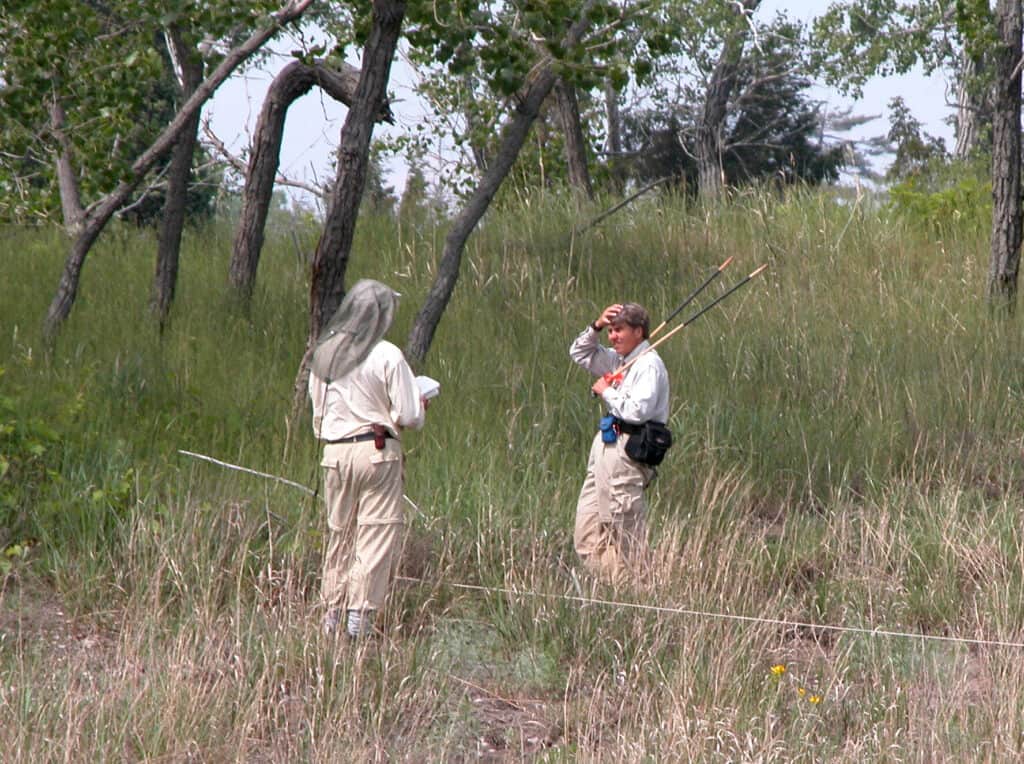
When the Canadian government established the Long Point National Wildlife Area in 1978, deer emerged as the key disturbance to the area’s vegetation. When the Canadian Wildlife Service (CWS) set up a series of fenced areas in the mid-1980s to keep deer out of certain patches, the ungulates’ effect was obvious.
“It was pretty clear that deer were having a devastating effect on regeneration,” Bradstreet said.
To help the vegetation recover, the CWS teamed up with local hunters to conduct a massive culling effort. Between 1988 and 1991, the program eliminated over 500 deer, reducing the population by over 85%. Bradstreet and Bowles wanted to see how the plant life responded.
In the early 1970s, Bradstreet had worked at the observatory, where he helped set up a breeding bird census on Long Point. After leaving for 14 years working in the Arctic for an environmental consulting firm, he returned to the bird center in 1989. There, he resumed the census and launched a new project—to document the changes in the landscape over the next three decades. It was a daunting proposition for a 40-year-old researcher.
“If you’re going to design a strenuous 30-year study, do it when you’re 20, not when you’re 40,” Bradstreet said with a laugh.
The forest returns
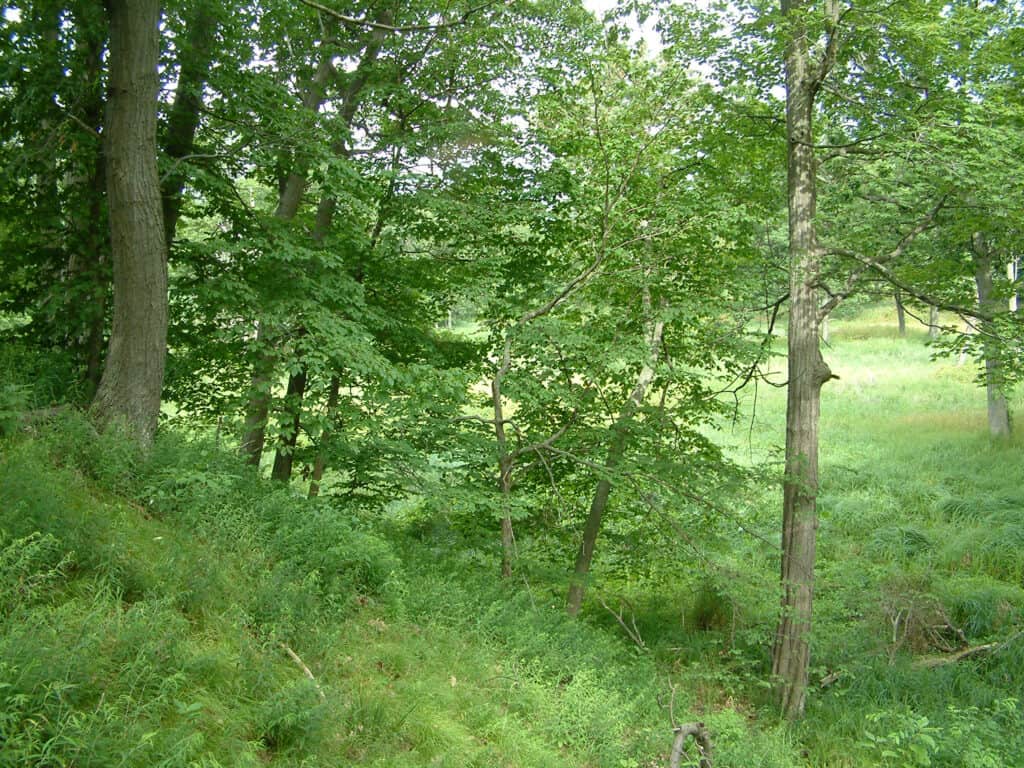
Over the ensuing decades, Bradstreet and Bowles—an adjunct biology professor at The University of Western Ontario—spent springs and summers trekking across dunes, wading through wetlands, ducking thunderstorms and fending off ticks, mosquitoes and biting flies.
With a steady stream of collaborators—paid and unpaid—they gathered more than 800,000 vegetation measurements from 15 plots on Long Point, focusing on the woody shrubs, trees and vines that deer prefer. Over that period, radios and film cameras gave way to smartphones. Compass readings were replaced with GPS tracking. Laser measurements took the place of ropes and tape.
The changes they observed came slowly at first. For the first three years, Bradstreet and Bowles didn’t see much difference at all. But ongoing managed and public hunts kept deer numbers down to about 60 over the following decades, and the vegetation responded.
“Plots which originally contained few plant species or stems had over time shifted to support dozens of species and sometimes hundreds of stems,” Bradstreet wrote in a recent email to colleagues.
Between 1995 and 2021, woody stems above the 6-foot browse layer increased a massive 1,500%. Grasses, which deer tend to not eat, gave way to species like trillium and white pine, which they prefer. Native plants dominated the landscape again, crowding out exotic species. Species richness and diversity climbed. Over time, Long Point transformed into an early successional forest again.
Changes over time
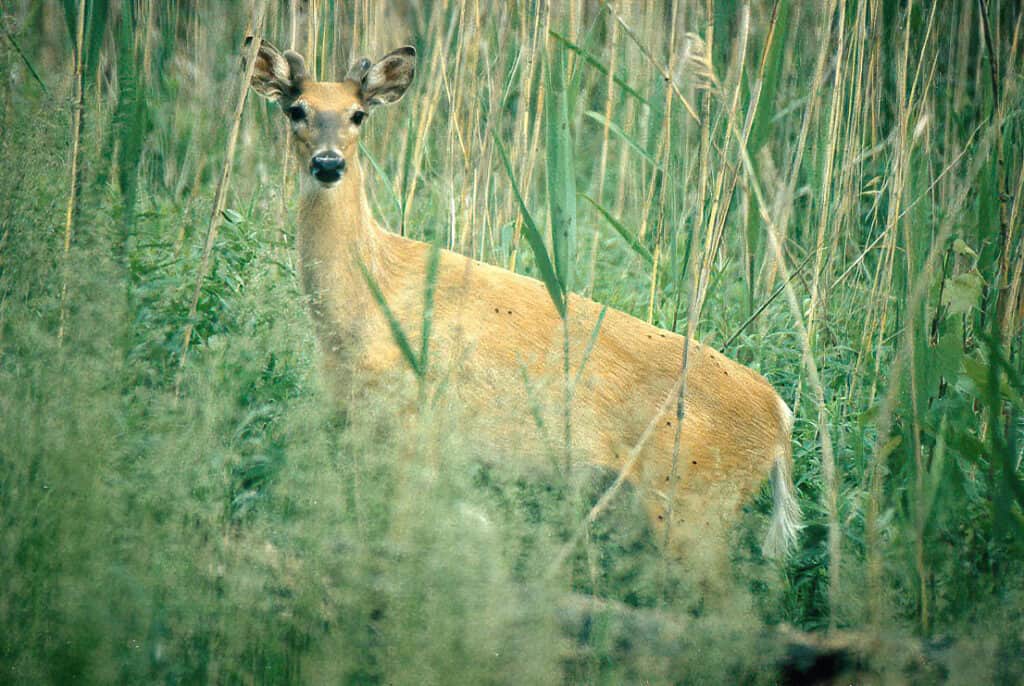
Bradstreet and Bowles could see it on the ground. When Pickering inherited the project and analyzed the numbers, he could see it in the data, too.
At the end of the project, Bradstreet was 71, and he felt it was time to turn it over to someone sprier in the field and more adept at statistical modeling programs. A lot can change over a 30-year research project. Bradstreet left Birds Canada for the Nature Conservancy of Canada, where he started as regional lead before retiring as senior vice president for conservation. “It was great to spend the last part of my career protecting nature—actually physically buying land,” he said.
Bowles, who grew up in Kenya and studied in England before completing her PhD at the University of Western Ontario, became the curator of the university’s herbarium and director of its arboretum, in addition to teaching classes in plant science and zoology. She saw the changes taking place at Long Point, but she wouldn’t live to see the full transformation. In 2013, she died of cancer. Bradstreet promised to see the project through.
“For me, it’s nice to see this all wrapped up in a bow and I feel that my commitment to Jane is now fulfilled,” Bradstreet wrote.
For Pickering, it was a rare chance as a master’s student to work with a lifetime’s worth of data. Now a PhD candidate at the University of Waterloo, he’s continuing the breeding bird work Bradstreet began in the ’70s when Long Point was still a park-like area overrun by deer. After documenting how the landscape has transformed, Pickering’s next challenge is to see how birdlife has changed.
“Overabundant deer really do hinder biodiversity in the vegetation community,” Pickering said. “Hopefully, we’ll find that in the next few years in the breeding bird community as well.”
Header Image: Overabundant deer once roamed Long Point, decimating the vegetation. When their numbers were reduced, the landscape recovered. Credit: michael_oldham via INaturalist



